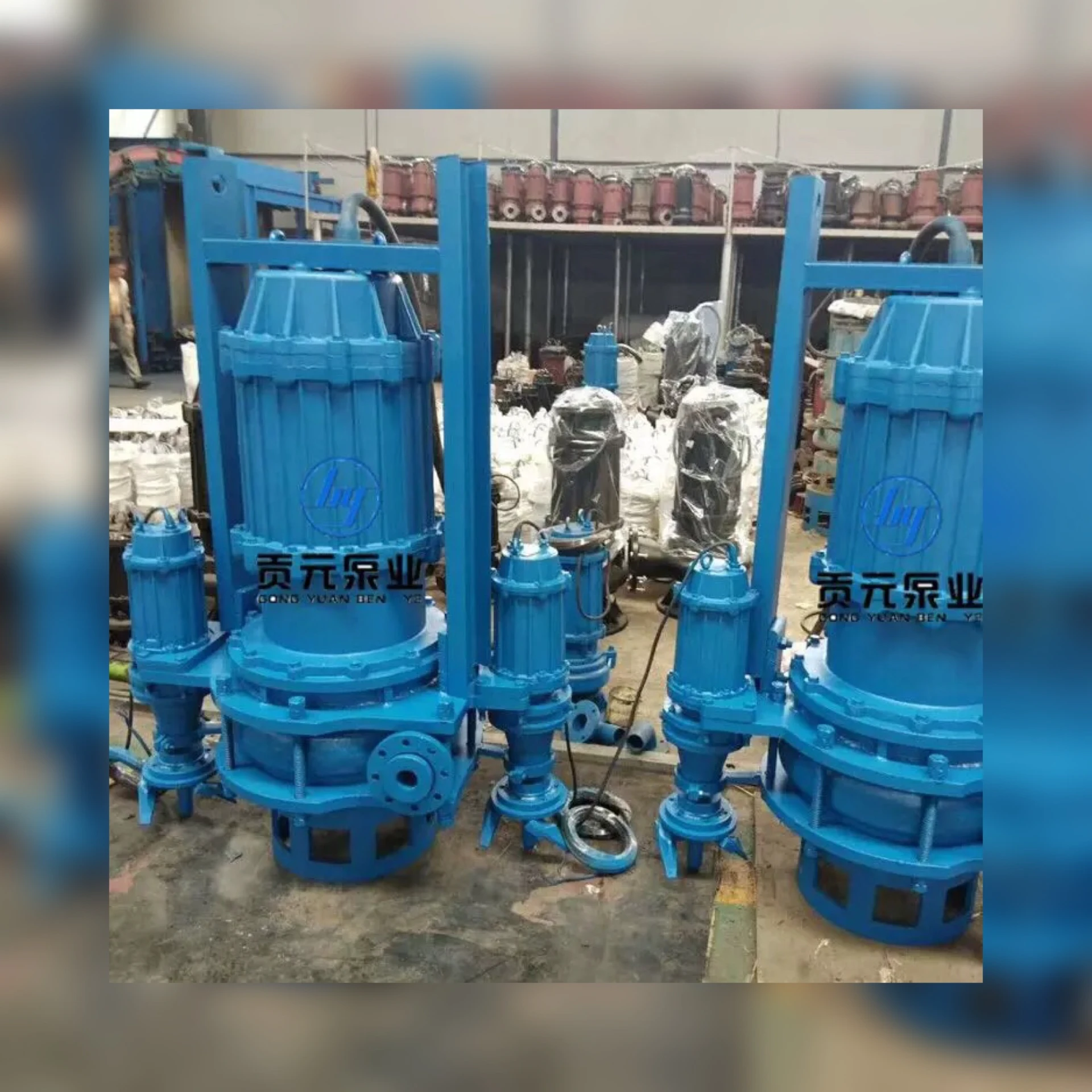Indonesian
- Afrikaans
- Albanian
- Amharic
- Arabic
- Armenian
- Azerbaijani
- Basque
- Belarusian
- Bengali
- Bosnian
- Bulgarian
- Catalan
- Cebuano
- Corsican
- Croatian
- Czech
- Danish
- Dutch
- English
- Esperanto
- Estonian
- Finnish
- French
- Frisian
- Galician
- Georgian
- German
- Greek
- Gujarati
- Haitian Creole
- hausa
- hawaiian
- Hebrew
- Hindi
- Miao
- Hungarian
- Icelandic
- igbo
- Indonesian
- irish
- Italian
- Japanese
- Javanese
- Kannada
- kazakh
- Khmer
- Rwandese
- Korean
- Kurdish
- Kyrgyz
- Lao
- Latin
- Latvian
- Lithuanian
- Luxembourgish
- Macedonian
- Malgashi
- Malay
- Malayalam
- Maltese
- Maori
- Marathi
- Mongolian
- Myanmar
- Nepali
- Norwegian
- Norwegian
- Occitan
- Pashto
- Persian
- Polish
- Portuguese
- Punjabi
- Romanian
- Russian
- Samoan
- Scottish Gaelic
- Serbian
- Sesotho
- Shona
- Sindhi
- Sinhala
- Slovak
- Slovenian
- Somali
- Spanish
- Sundanese
- Swahili
- Swedish
- Tagalog
- Tajik
- Tamil
- Tatar
- Telugu
- Thai
- Turkish
- Turkmen
- Ukrainian
- Urdu
- Uighur
- Uzbek
- Vietnamese
- Welsh
- Bantu
- Yiddish
- Yoruba
- Zulu
Telephone: +86 13120555503
Email: frank@cypump.com
Des . 13, 2024 10:53 Back to list
anti abrasive sand slurry pump
Understanding Anti-Abrasive Sand Slurry Pumps
In various industrial applications, handling abrasive materials poses significant challenges, particularly when it comes to pumping slurries that contain sand and other particulate matter. This is where anti-abrasive sand slurry pumps come into play. Specifically designed to tackle harsh conditions, these pumps are essential in sectors such as mining, construction, and wastewater management.
What is an Anti-Abrasive Sand Slurry Pump?
An anti-abrasive sand slurry pump is a specialized type of pump engineered to transport mixtures of liquid and solid particles. These pumps are built to withstand the wear and tear caused by abrasive materials, such as sand, gravel, and other particulates, making them indispensable in environments where traditional pumps would quickly deteriorate.
Key Features and Design
1. Robust Construction The primary characteristic of anti-abrasive pumps is their durable construction. Most models are made from materials like high-chrome alloys or rubber linings designed to resist wear and corrosion from abrasive particles. This not only extends the pump’s lifespan but also ensures consistent performance over time.
2. High Efficiency Anti-abrasive sand slurry pumps are designed to handle large volumes of slurry efficiently. Their impeller and volute designs optimize flow rates while minimizing energy consumption. This efficiency is crucial for operations where energy costs can significantly impact overall expenses.
3. Versatile Applications These pumps are used across various industries. In mining, they transport tailings and help in dewatering processes. In construction, they facilitate the transportation of sand and cement mixtures. Wastewater treatment facilities also benefit from these pumps for the management of sludge and other abrasive materials.
4. Adjustable Parameters Many modern pumps come equipped with adjustable operating parameters, allowing operators to customize flow rates and pressure outputs. This flexibility is vital for adapting to different job requirements and varying slurry compositions, which can change as extraction and processing conditions evolve.
anti abrasive sand slurry pump

Operational Considerations
When selecting an anti-abrasive sand slurry pump, several factors should be considered
- Slurry Composition Understanding the type of particles involved in the slurry is crucial. Different materials can have varied abrasiveness levels, which can impact the required specifications of the pump. - Pump Size and Capacity The pump's size should align with the required flow rate and head height for the application. Oversizing can lead to unnecessary energy consumption, while undersizing can result in inadequate performance.
- Maintenance Requirements Regular maintenance is vital for ensuring the longevity of the pump. Operators should be aware of wear components that may require periodic replacement, such as impellers and liners.
- Pump Location and Configuration The physical location where the pump will be installed can affect its performance. Factors like elevation changes, pipe lengths, and bends can introduce additional resistance that may need to be accounted for in the pump selection.
Conclusion
Anti-abrasive sand slurry pumps are crucial for efficiently managing abrasive materials across multiple industries. Their robust design, high efficiency, and versatility make them essential tools for a wide range of applications, from mining to wastewater management. As technology advances, these pumps will continue to evolve, offering even greater reliability and performance.
In summary, understanding the unique requirements of your specific application is key to selecting the right anti-abrasive pump. By carefully evaluating factors such as slurry composition, size, and maintenance needs, operators can ensure optimal performance and longevity from their pump systems. With the right equipment in place, industries can navigate the challenges posed by abrasive materials more effectively, ensuring smooth and continuous operations.
-
Custom Drilling Mud and Slurry Pump Supplier - High Efficiency, Tailored Solutions
NewsJun.10,2025
-
Supply Vertical Submersible Sewage Pump High-Efficiency WQ/QW Pumps Supplier
NewsJun.10,2025
-
Premium Sewage Ejection System & Pumps Efficient Waste Removal
NewsJun.09,2025
-
Premium Wholesale Slurry Pump Impellers Durable & Efficient Slurry Handling
NewsJun.09,2025
-
Top Sewage Pump Companies Durable Industrial Solutions for Efficiency
NewsJun.09,2025
-
Heavy Duty Slurry Pumps - OEM High Performance & Bulk Wholesale
NewsJun.09,2025










